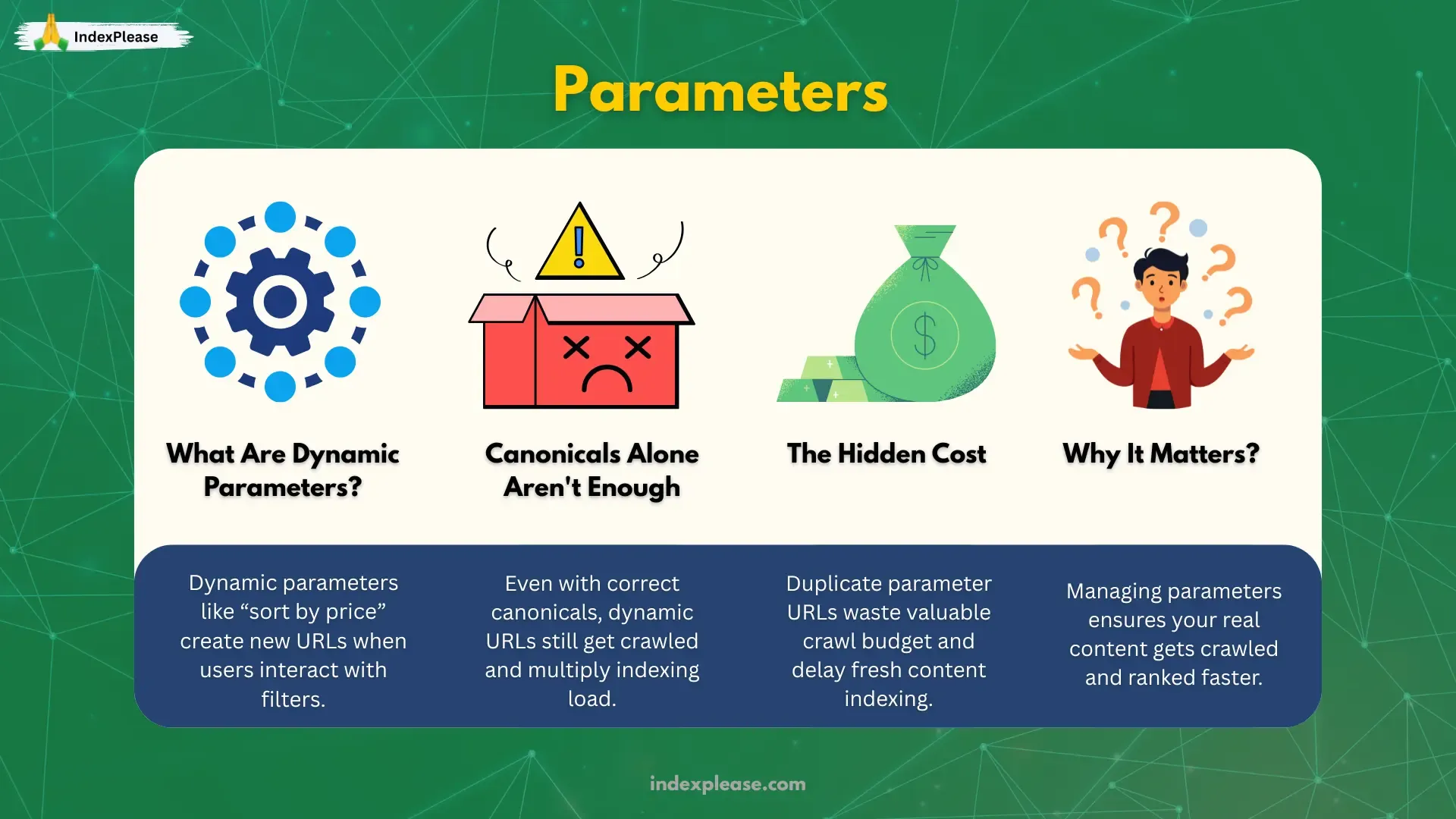With the ever-evolving landscape of search engine algorithms and digital marketing strategies, webmasters and SEO professionals constantly seek efficient methods to ensure their content is visible and indexed by search engines promptly. The debate between manual indexing requests versus automated solutions remains at the forefront of these discussions. Each approach presents distinct advantages and potential drawbacks, influencing how quickly and effectively content is discovered. This article explores the implications of both strategies, delving into factors such as efficiency, control, practicality, and potential risks, to help you determine whether you should manually request indexing or embrace automation for your digital content strategy.
Deciding Between Manual and Automated Indexing Requests
Understanding Indexing in the Digital World
In the complex realm of digital content, indexing is a crucial process that helps search engines like Google organize and list your website in their search results. Search engines use algorithms and bots, known as spiders, to crawl web pages, gather information, and index them appropriately. Properly indexed content is critical for visibility and online traffic, leading to better SEO performance. Therefore, deciding between manual and automated indexing requests becomes an essential part of an overall SEO strategy.
The Advantages of Manual Indexing Requests
Opting for manual indexing requests can offer greater control over how and when your web pages are indexed. When you manually submit a URL, you can prioritize important updates or new content ensuring that search engines recognize changes quickly. This method is also beneficial when you identify issues that may hinder automatic indexing, allowing you to prompt immediate action. Manual requests can be made through tools like Google Search Console, which provides direct feedback on the status of your URLs.
Benefits of Automating Indexing Requests
Automated indexing requests leverage tools and software to streamline the submission process efficiently. Automation reduces the need for constant manual intervention, saving time and resources, especially for large websites with frequently updated content. Automation tools can also integrate with content management systems (CMS) to trigger indexing requests whenever new content is published, ensuring that your pages remain up-to-date in search results without continual oversight.
Challenges of Manual and Automated Indexing
Both manual and automated methods have inherent challenges. Manual indexing requires significant effort and diligence, potentially leading to overlooked updates due to human error or time constraints. On the other hand, automated systems, while often convenient, can sometimes submit incomplete or incorrect URLs if not configured correctly, leading to potential indexing errors. Moreover, over-relying on automation should not replace periodic checks and strategic assessments of indexing efficacy.
When to Choose Manual or Automated Indexing
The decision to choose manual versus automated indexing largely depends on your specific needs and resources. Smaller websites or those with infrequent updates might favor manual requests to maintain precision and focus. Conversely, large-scale websites with constant updates might benefit more from automation to ensure efficiency and broad coverage. Consider also your team’s technical expertise and the level of control you want over the indexing process when making this decision.
| Criteria | Manual Indexing | Automated Indexing |
|---|---|---|
| Control | Higher control over specific pages | Less specific control, more general coverage |
| Time Investment | Requires significant time and effort | Saves time, especially for large sites |
| Resource Usage | More manual resources needed | Fewer resources after initial setup |
| Error Potential | Prone to human errors | Risk of configuration errors |
| Update Speed | Can quickly target specific updates | Ensures consistent and timely updates |
What are the disadvantages of automatic indexing?

Lack of Contextual Understanding
Automatic indexing often struggles with accurately interpreting the context of a document. This challenge can lead to the following issues:
- Machines may misinterpret the meaning of homonyms (e.g., bank could mean a riverbank or a financial institution).
- They may not grasp the nuances of specialized or niche terminology, resulting in improper indexing of industry-specific terms.
- Sentiment and tone are often lost with automatic systems, potentially affecting the retrieval effectiveness for opinionated or subjective content.
Lack of Precision
The precision of automatic indexing can suffer due to its reliance on algorithmic rules that might not align perfectly with human language intricacies:
- Words with multiple meanings might be indexed under irrelevant categories, leading to misinformation in search results.
- Complex relationships between words, such as synonyms or antonyms, are often oversimplified, causing inaccurate document retrieval.
- Automatic indexing can prioritize quantity over quality, encapsulating too many or too few keywords that do not adequately reflect the content.
Inability to Adapt
Automatic indexing systems show limited adaptability to linguistic or topical changes, affecting their ongoing relevance:
- These systems might fail to incorporate new slang or evolving language trends, which are often rapidly integrated by human indexers.
- Changes in industry terminology or introduction of new concepts might not be immediately recognized by a static indexing method.
- Automatic algorithms can struggle with understanding non-verbal cues or sophisticated writing styles, such as satire, and require manual intervention for adaptability.
What are the advantages of manual indexing?

Precision and Accuracy
Manual indexing allows for precision and accuracy that may surpass automated systems. This method relies on human intellect to discern meaning and significance, making it invaluable for tasks requiring deep understanding. The benefits include:
- Contextual Understanding: Human indexers can interpret context more effectively than machines, leading to more accurate indexing results.
- Complex Content Handling: Complex documents with nuanced language can be well-managed by a human touch, ensuring all critical elements are indexed appropriately.
- Reduction in Errors: Manual indexing can reduce misinterpretations which frequently occur in automated systems due to language complexity or diverse idioms.
Customization and Flexibility
Manual indexing offers a high level of customization and flexibility since it can be adapted to specific needs and guidelines easily. Some aspects of this advantage are:
- Tailored Indexing: Indexers can create customized categories or keywords that align closely with a project’s specific requirements.
- Dynamic Adjustments: Human indexers can make on-the-fly adjustments to strategies and methods as they encounter unforeseen challenges.
- Specialized Knowledge Application: Subject matter experts can apply their specialized knowledge, enhancing the indexing process.
Enhanced Quality Control
Involving a human element in indexing improves the quality control process, which can lead to a more reliable and trusted indexing outcome. The reasons are:
- Ongoing Review: Manual indexing allows for continuous comparison and review against standards, ensuring quality remains consistent.
- Feedback-Driven Improvements: Indexers can easily use feedback loops to refine approaches and enhance the indexing system.
- Detailed Oversight: Manual processes allow for focused oversight and quick identification of errors or areas for improvement.
What is the difference between manual and automatic indexing?

Manual and automatic indexing are two different approaches to organizing and categorizing information, particularly in databases and digital libraries.
Definition and Process of Manual Indexing
Manual indexing is the process of assigning keywords or tags to content through human intervention. This approach relies on a knowledgeable individual to review, analyze, and identify the most relevant terms that best describe the material.
– Subject Expertise: In manual indexing, the individual performing the indexing must have a strong understanding of the material and be capable of identifying key themes and concepts. This expertise can enhance the relevance and accuracy of the index.
– Customization: Manual indexing allows for more tailored indexing, taking into account nuances and specific contexts that automated systems might overlook.
– Time-Intensive: This approach usually requires more time and resources, as it involves human labor and detailed review of each material.
Definition and Process of Automatic Indexing
Automatic indexing employs software algorithms and systems to identify important themes and terms within a piece of content. This process can quickly and efficiently categorize large volumes of data, often using natural language processing (NLP).
– Scalability: Automatic indexing is well-suited for processing vast amounts of information rapidly, handling tasks that would be impractical manually.
– Consistency: Since algorithms apply the same principles across all data, this method often results in a consistent standard of indexing.
– Limitations: While efficient, automatic indexing may miss contextual subtleties and may not perform as well as humans in interpreting ambiguous or complex topics.
Comparison: Strengths and Weaknesses
Both manual and automatic indexing have their own sets of advantages and disadvantages, which can influence their suitability for different tasks.
– Accuracy vs. Efficiency: Manual indexing generally provides more accurate and contextually appropriate terms, but automatic indexing offers significantly higher efficiency.
– Cost: Manual indexing is labor-intensive and can be more costly, whereas automatic indexing involves upfront costs for software but can be more economical in the long run.
– Hybrid Approaches: Combining both methods can leverage the strengths of each, using manual indexing for more complex, nuanced data and automatic indexing for high-volume, straightforward tasks.
Frequently Asked Questions
What are the advantages of manually requesting indexing?
When you choose to manually request indexing, you gain greater control over which pages are sent for indexing and when they are submitted. This can result in faster updates to your website content since you are actively ensuring that search engines acknowledge recent changes. Moreover, manual requests mitigate the risk of duplicate content issues by allowing only specific URLs to be indexed. It is particularly beneficial for newly launched content or for correcting errors in pages that have significantly changed. Manual submissions can also help you monitor indexing progress and make tailored updates soon after they’ve been published without waiting for automated crawls.
How can automation benefit the indexing process?
Automating the indexing request process allows for continuous updating of search engine databases without the need for constant human intervention. This ensures that your entire website is regularly checked and updated, facilitating comprehensive coverage and reducing the risk of important pages being overlooked. Automation often speeds up the integration of changes on larger websites that frequently update content. It saves time and resources by removing the necessity for repetitive manual entry and allows web managers to focus on more strategic tasks rather than operational ones. For sites with a high volume of pages, automation is more efficient and scalable.
Are there any risks associated with automated indexing requests?
Yes, despite its benefits, automated indexing can present certain risks. One potential issue is the possibility of over-submitting URLs to search engines, which might lead to throttling or temporary banning from submitting requests if crawl budgets are exceeded. Automation may also inadvertently lead to duplicate or redundant submissions, which can confuse search engines and dilute the quality signals for particular URLs. Moreover, without careful monitoring, it can result in inaccurate targeting, indexing pages that are not ready or are meant to be no-indexed. Hence, while beneficial, it needs a well-thought-out strategy for implementation.
What is the optimal strategy for managing indexing requests?
The optimal strategy for managing indexing requests often involves a hybrid approach that leverages both manual and automated methods. This dual strategy allows for the strategic submission of high-priority or new content via manual indexing while automated systems ensure consistent and frequent updates to your entire website. By implementing intelligent automation, potentially through scripting or third-party tools, you maintain extensive reach without sacrificing precision. It’s essential to monitor indexing logs and performance regularly to identify any issues or patterns that might necessitate manual intervention or adjustments to automated protocols, ensuring that the indexing process remains effective and effective and efficient.

